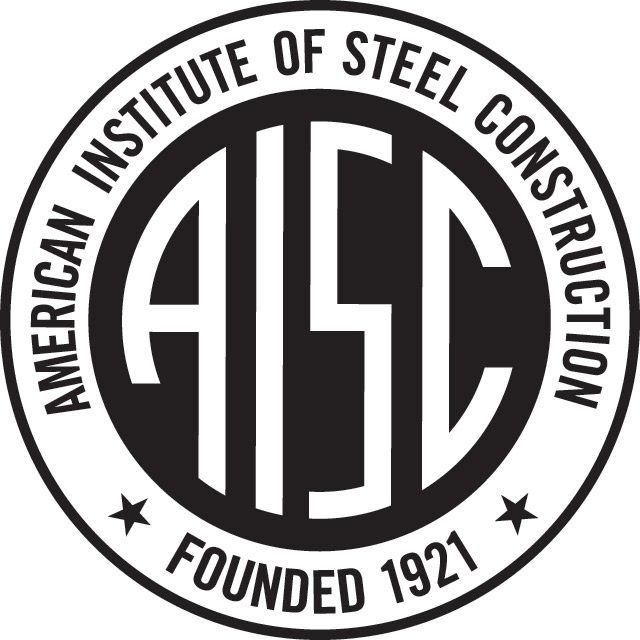Transbay Study Group Makes Recommendations

CHICAGO – The American Institute of Steel Construction’s ad hoc task group on Transbay has wrapped up its work and made its recommendations to the AISC Committee on Specifications. The group was formed after cracks were discovered in steel members in the newly opened Transbay Transit Center in San Francisco.
It’s expected the report will lead to a number of changes in future steel specifications. “The task group presented a holistic set of proposals dealing with fracture toughness, sharp discontinuities, stress levels, and inspection practices, while also considering practical commercial issues,” said AISC Vice President of Special Projects Lawrence F. Kruth, PE.
The recommendations ranged from defining minimum radii dimensions for weld access holes to adding additional information for how to design to resist brittle fracture, including a suggestion for AISC to produce a design guide on the subject. The group also recommended AISC add new sections on fracture control and redundancy to the AISC Steel Construction Manual. In total, the group made 44 specific recommendations and offered 33 proposals for modifications to the Specification for Structural Steel Buildings (AISC 360), which will now be considered by the AISC Committee on Specifications. They also identified areas of additional study needed, for example on the impact of thermal cutting on heavy plates. You can view the report at aisc.org/transbay.
Kruth stressed that brittle fracture is not simply a material-only issue but is instead related to a variety of factors, including design, details, fabrication, materials, inspection, and loading. Accordingly, the task group has considered the interaction of material properties, stress concentrations, and loading conditions, which all contribute to the fracture resistance of steel.
The ad hoc group included both practicing and academic experts in design, welding, fabrication, and materials. The group met more than 30 times over three years. The purpose of the group was not to evaluate what happened at Transbay or who was responsible, but rather to develop suggestions to improve current steel design specifications and related information.
Members of the task group include:
- Duane K. Miller, PE, ScD, The Lincoln Electric Company (retired)
- Joel Chandler, Owen Steel Company
- Robert J. Conner, PhD, Purdue University
- James M. Fisher, PE, PhD, CSD Structural Engineers (retired)
- Chris Hewitt, SE, PE, Simpson Gumpertz & Heger
- Larry S. Muir, SE, PE, The Steel Connection
- Thomas J. Schlafly, AISC
- Thomas M. Murray, PhD, Virginia Tech
- Jim Schoen, Nucor-Yamato Steel
AISC’s Lawrence F. Kruth, PE, Cynthia Duncan, and Eric Bolin, PE also contributed to the work of the task group.
About the American Institute of Steel Construction
The American Institute of Steel Construction, headquartered in Chicago, is a non-partisan, not-for-profit technical institute and trade association established in 1921 to serve the structural steel design community and construction industry. AISC’s mission is to make structural steel the material of choice by being the leader in structural steel-related technical and market-building activities, including specification and code development, research, education, technical assistance, quality certification, standardization, market development, and advocacy. AISC has a long tradition of service to the steel construction industry of providing timely and reliable information.


